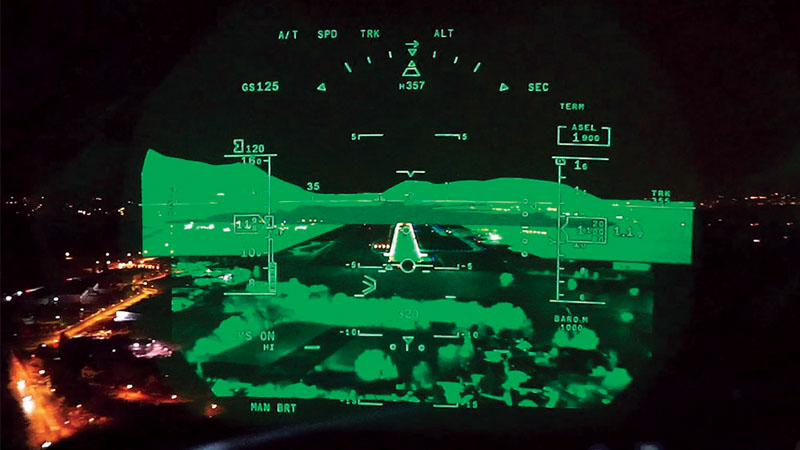Stay Up to Date
Submit your email address to receive the latest industry and Aerospace America news.
Cameras, software open possibilities
When I’m at an airport, I sometimes daydream about what air travel will be like for my children and their children.
Our cover story, “New eyes for airline pilots,” page 22, provides plenty of fodder for the curious, with its details about sensing technologies that can cut fog and darkness, and software that can merge disparate wavelengths into unified images on screens in front of pilots.
If the FAA decides to give airline pilots greater freedom to descend in low visibility with approved versions of this technology, as the industry expects it to do, this development could have near-term impacts in the form of reduced weather delays. That’s important, but there could be a longer-term impact. Such an approval might be more evidence, along with driverless cars, that we are reaching a turning point in our willingness to trust technology as an extension of our eyes and minds.
It’s one thing to have faith in the view from a camera to steer a rover on Mars, but I’m guessing it’s quite another to trust the scene on a computer display to steer a plane full of people through a low visibility scenario.
Once that mental breakthrough is made, the door could be opened to all sorts of fascinating developments in air transportation, some near, some far. Maybe it wouldn’t be so radical for a crew on the ground to be ready to take charge of a jet by remote control in an emergency, as envisioned by technologist Seymour Levine and others. If enough automation were aboard, maybe regulators and the traveling public would accept having only one person aboard a large passenger plane who knows how to fly it. Levine has noted that buses have only one driver.
Someday, decades from now, we might even need to ponder the need for a human pilot aboard at all. It’s a thought that makes me shudder, to be honest, but then again, I was born in the 20th century. ★
About Ben Iannotta
As editor-in-chief from 2013 to March 2025, Ben kept the magazine and its news coverage on the cutting edge of journalism. He began working for the magazine in the 1990s as a freelance contributor. He was editor of C4ISR Journal and has written for Air & Space Smithsonian, New Scientist, Popular Mechanics, Reuters and Space News.
Stay Up to Date
Submit your email address to receive the latest industry and Aerospace America news.




